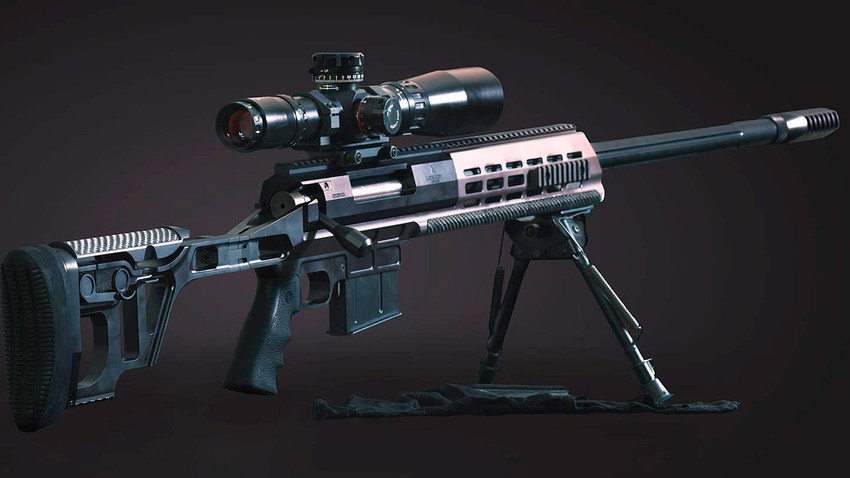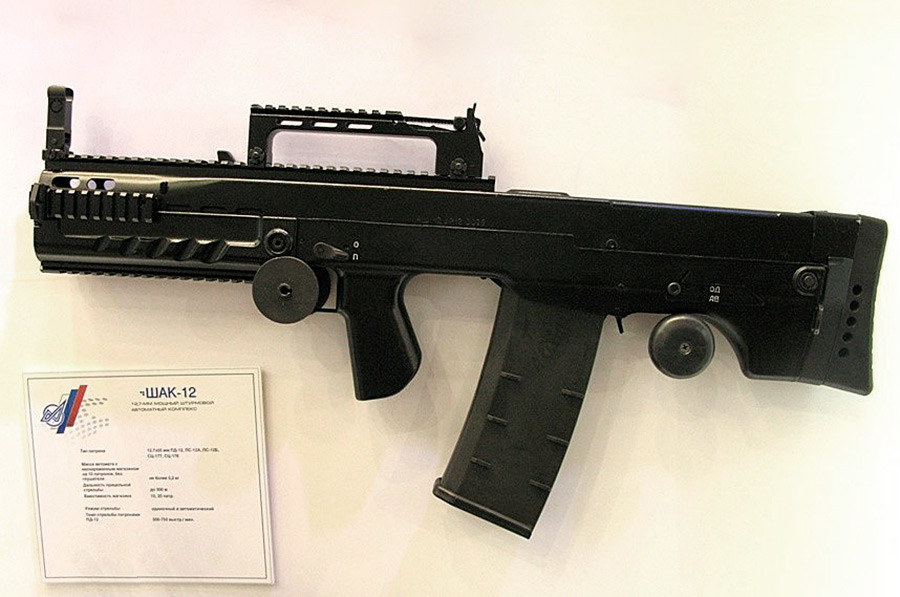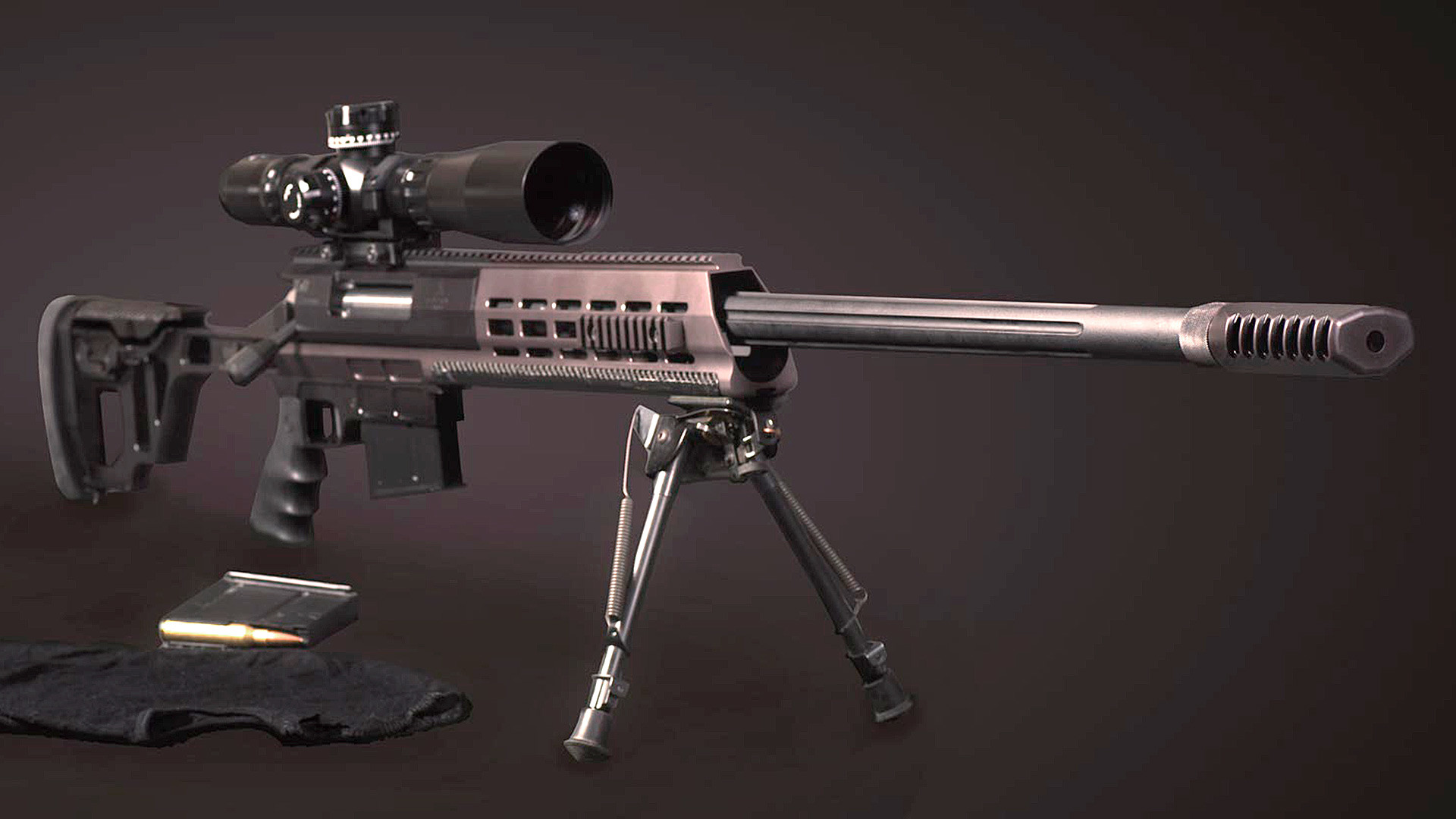No place to hide: Russia’s assault and sniper rifles can shoot through walls

ShAK-12

The ShAK-12
According to its developers, the weapon was designed for
In simple terms, an ordinary ShAK-12 cartridge will be effective at a distance of up to 100 meters. Moreover, the rifle can be loaded with armor-piercing rounds that can effectively hit targets at distances of up to 300 meters.
The automatic rifle has a bullpup layout (the magazine is located under the buttstock behind the trigger), which allows the weapon to be operated with greater ease in confined spaces.
The magazine holds 10 or 20 cartridges. A fire mode selector is positioned at the rear
To reduce recoil the ShAK-12 is equipped with a two-chamber muzzle brake and a rubber recoil pad. The automatic rifle can also be fitted with a sound suppressor, under barrel grenade launcher, and various optical and collimator sights using Picatinny rails above and below.
DXL -3 sniper rifle

The rifle is made with high-strength aviation
The
While developing the rifle, its creators managed to resolve a key issue of the .338 Lapua Magnum. Cases of detached retinas caused by the .338 LM’s recoil had been reported, not to mention bruising to the shoulder, and aching shoulder-joints. Lobaev Arms designers succeeded in sorting out these issues - they reduced the rifle's recoil while at the same time increasing its precision, and made it easier for users to fire a crucial single shot in combat conditions.
According to the designers, the rifle can be used by sub-units operating both in urban environments and in rugged natural terrain.
AN-94

One of the first assault rifles that was developed to replace the army's obsolescent AK-74 - the Nikonov AN-94 Abakan - first appeared in Russia in the mid-1990s.
The rifle was designed to take the most commonplace Russian cartridge - the 5.45 x 39 mm - and to remedy the AK-74's key shortcoming - its poor firing precision.
The designers succeeded in making a series-produced weapon based on the principle of shifted blowback pulse during firing. In simple terms, after firing, recoil is felt only after the first two shots. This means that "muzzle rise" occurs only after these two rounds leave the barrel and when the third is in the cartridge chamber. Because of this
But the AN-94 proved to be somewhat tricky in operation and servicing, and was unsuited to the role of a general-issue weapon in the hands of untrained or low-skilled conscripts, so the Defense Ministry confined itself to the procurement of small batches for special forces sub-units.
If using any of Russia Beyond's content, partly or in full, always provide an active hyperlink to the original material.
Subscribe
to our newsletter!
Get the week's best stories straight to your inbox